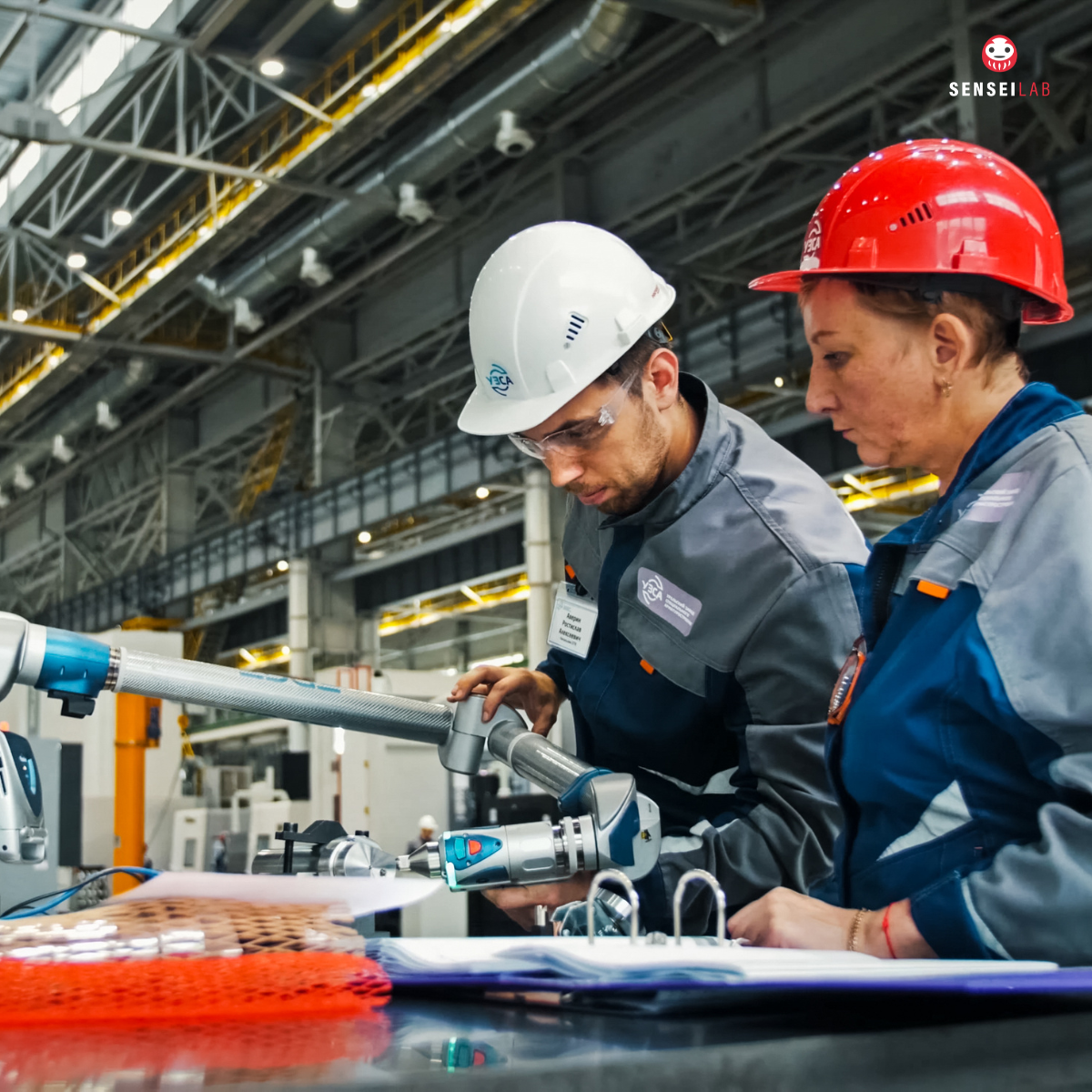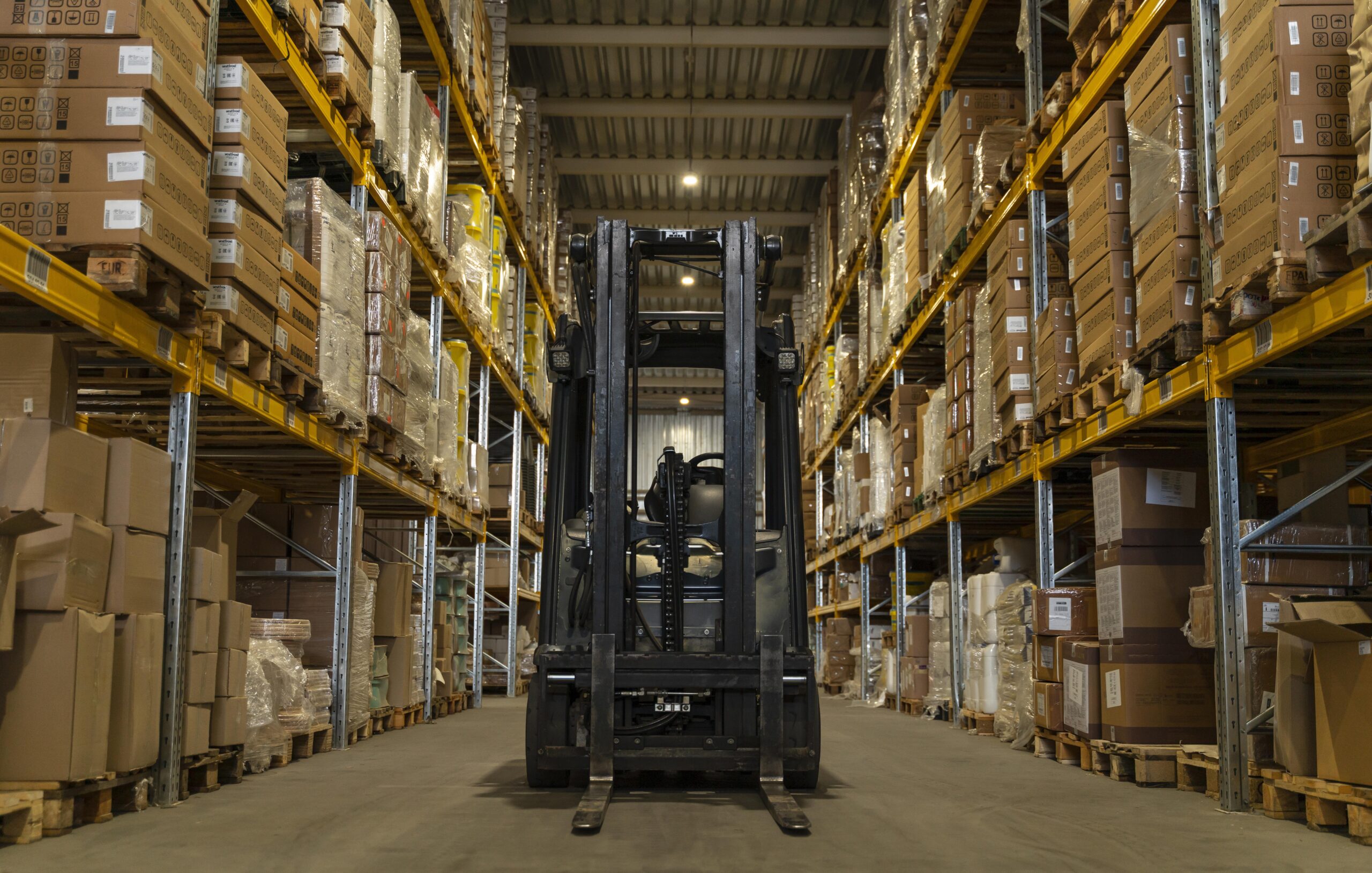My mission? To collaborate with the leadership team and workforce to embed Operational Excellence (OpEx) principles, transforming their processes for better outcomes.
The final inspection process was the main culprit behind delivery delays. Operators worked overtime to clear backlogs, but fatigue introduced errors, causing rework rates to climb as high as 15%. One frustrated supervisor remarked, “We’re working harder than ever, but it feels like we’re on a treadmill—running fast but going nowhere.”
We started with a Gemba Walk—a Lean principle focused on observing work where it happens. On the inspection floor, we found operators juggling tools, running for paperwork, and searching for fixtures. There were no standard procedures, only heroic efforts to keep things moving.
When asked about delays, an inspector explained, “We often get incomplete documentation or find defects that weren’t caught earlier. By the time it reaches us, it’s too late.”
The Countermeasure: Empowering Teams to Solve Problems
Rather than imposing solutions, we brought the team together for a Kaizen event, a workshop to identify waste and implement improvements.
We addressed three critical areas:
- Standardized Work: A checklist ensured every part was inspected in the same sequence, reducing variability.
- Visual Management: A status board tracked part flow and flagged bottlenecks early.
- Upstream Quality: Error-proofing tools (Poka-Yoke mechanisms) were introduced to catch defects before parts reached final inspection.
The Results: Excellence Achieved
Within three months, the transformation was undeniable:
- Lead Time: Reduced from 7 days to 2, establishing a clear and predictable flow.
- Rework Rates: Dropped from 15% to 4%, saving $500,000 annually in scrap and labor costs.
- Employee Engagement: Skyrocketed as teams took ownership of their improvements.
A senior inspector summed it up best: “For the first time, it feels like we’re running a system, not just fighting fires.”




